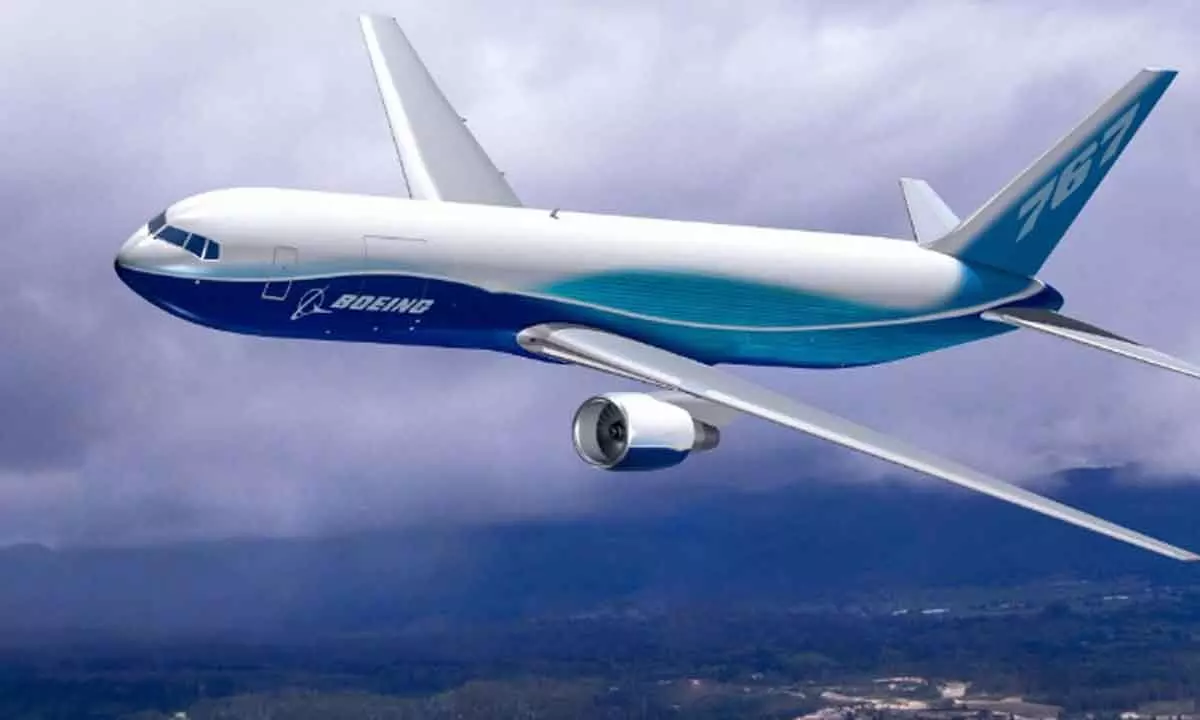Airlines bullish on growth despite a few air pockets

Constrained by high operational, expansion costs, low airport capacities
The Indian aviation industry, which contributed five per cent to GDP, offers four million jobs and another seven million jobs through tourism and related activities. Aviation turbine fuel (ATF) is an important deciding factor in cost of operation in aviation industry. Jet fuel accounts for 45 per cent of an airline's cost of operation. Brent crude oil has jumped over 30 per cent to $101.40 on a year-to-date basis. The commodity was at $77.78 per barrel.
Following the rise in crude oil prices, the cost of aviation turbine fuel (ATF) has advanced 19 per cent to Rs 90,519 per kl from Rs 76,062 per kl. The rise in ATF prices may hit the balance sheet of airline companies which accounts for more than 35 per cent of the cost of running an airline in India.
Maintenance and repair taxation in India remains the highest globally. With an 18 per cent GST levy, providers have to compete on sale price with overseas players that only pay 5 per cent – that too at cost price. Consequently, most airlines contract their maintenance overseas, leading to a loss of jobs and output.
The convergence between the defence sector and the civil MROs will be established to bring down the maintenance cost of airlines. Airport (aeronautical) charges levied by Airport Authority of India are higher. According to a latest survey, the airport charges levied by the Indian airports (Domestic and International Terminal) are amongst the highest in the Asian and the Gulf countries. This adds more burden to aviation companies. Established airlines are threatened by low cost carriers, which are eating into their market share. In order to consolidate their market share, top premium airlines were forced to reduce their ticket fares to around 15-20 per cent. Such a slash in price will lead to a price war in the long run amongst the airlines with the only goal of increasing their market share.
The country has a total of 449 airports but metro airports dominate in terms of aviation traffic with about 61 per cent of the domestic traffic and about 73 per cent of international traffic still originating from the six metros - Delhi, Mumbai, Bengaluru, Hyderabad, Kolkata and Chennai. With the exception of Bengaluru, which will see the addition of an additional runway this year, the capacity expansion at other airports lags or is non-existent. The government has launched the construction of Navi Mumbai airport which is expected to be built at a cost of $2.58 billion.
The passenger traffic in India is expected to grow by 6.2 per cent per annum by 2040, the fastest among the major economies. India's metro airports are largely choked and they have already run out of capacity in terms of landing and parking slots. Also, passenger traffic in these airports continues to gallop at nearly 18-20 per cent every year.
To manage traffic, the existing airlines have responded by ordering aircraft that could almost double the existing aircraft capacity in another three years. This will stretch India's airport capacity in the metros even further. Long-term plan needs to be formulated for advanced research in aviation technologies. It will help in creating a manufacturing ecosystem in the country. There is a need for promotion of collaboration among original equipment manufacturers (OEMs), industry and educational institutes to assimilate the latest technology and management practices in the aviation industry.
Taxation and pricing structure of aviation turbine fuel (ATF) should be aligned to global benchmarks by considering bringing under the ambit of GST. Vacant real estate near Airports Authority of India (AAI) airports in all major centres can be monetised to increase non-aeronautical revenues.
Air traffic has grown enormously and expected to have a growth which would be above 25 per cent in the travel segment. The air transport sector in India directly contributes 3,90,000 jobs and indirectly supports over 5,70,000 jobs across different supply chains. Additionally, air transport facilitates tourism and investment into India.
Foreign tourists arriving by air in India are estimated to support an additional 6.2 million jobs. Overall, the aviation industry contributes $72 billion annually to India's GDP. Reduction in overseas air travel was one of worst impacts of Covid-19 on the airline industry. Experts are bullish about the airline market as the air traffic in India has grown by 9 per cent in the last 20 years and will continue to grow.

















